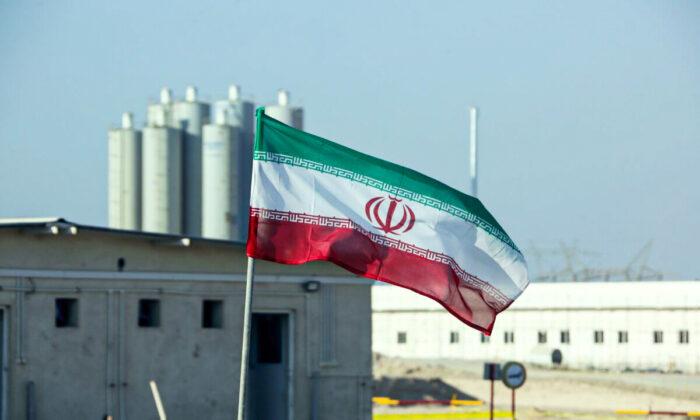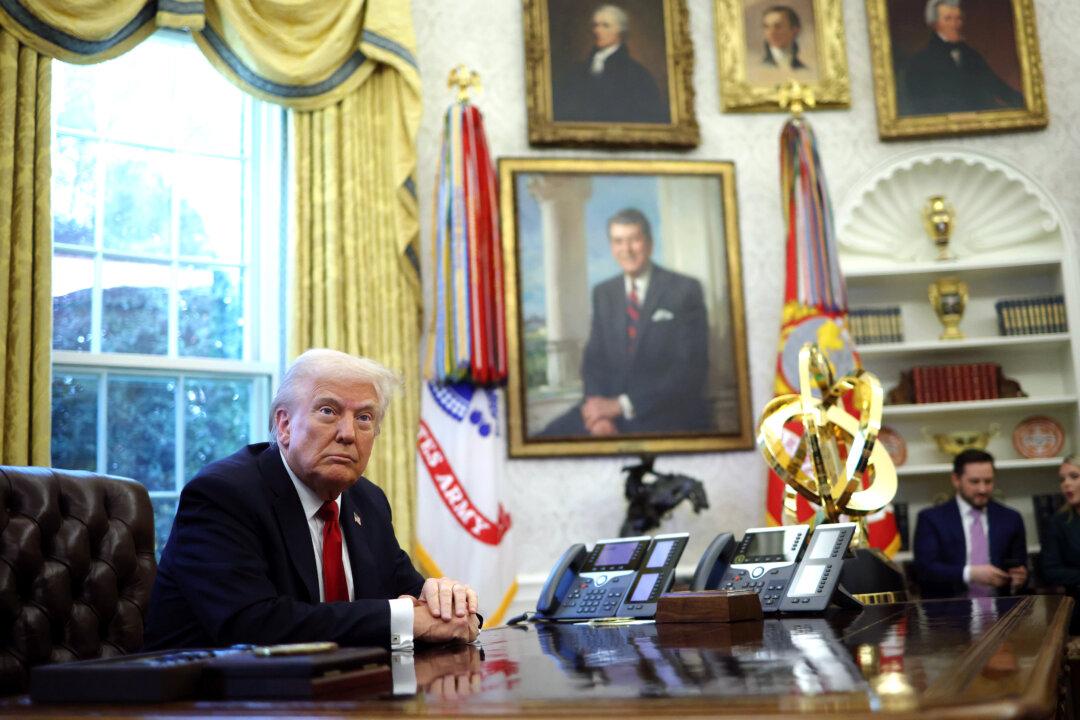Israel’s military intelligence chief said on Nov. 21 that Iran is moving closer to reaching 90-percent-enriched uranium, which could be used to escalate its nuclear program.
Maj. Gen. Aharon Haliva, head of Israeli military intelligence, made the comment at a conference at the Institute for National Security Studies in Tel Aviv.
Uranium enriched at 90 percent is considered weapons-grade.
‘Iran Has the Technical Means to Produce a Nuclear Bomb’
Months earlier in July, Kamal Kharrazi, an adviser to Supreme Leader Ayatollah Ali Khamenei, told Al Jazeera that in a “few days we were able to enrich uranium up to 60 percent and we can easily produce 90 percent enriched uranium. ... Iran has the technical means to produce a nuclear bomb but there has been no decision by Iran to build one.”Iran denies that it’s intending to create a nuclear bomb, however, the limit set by the 2015 nuclear agreement, also known as the Joint Comprehensive Plan of Action, is 3.67 percent.
Indirect talks between Iran and the United States regarding the deal have been ongoing for 17 months and have been mediated by European Union officials but have repeatedly broken down.
Elsewhere on Nov. 21, Haliva said that at this point he sees “no real danger to the regime” from local protests that have broken out across the country following the death of 22-year-old Mahsa Amini, a young woman who died in Tehran on Sept. 16 while in the custody of Iran’s “morality police.”
The protests have since evolved into calls from Iranians for more freedom and demands to overthrow the Islamic regime and Khamenei, posing the most serious challenge to the country’s clerical leaders in years.
Demonstrations have continued despite warnings from the Islamic Revolutionary Guard Corps that they would use tougher measures to suppress demonstrators.
While Haliva acknowledged that the protests have “already shifted, to a degree, to the realm of a popular uprising,” the military intelligence chief said he doesn’t see them posing any real threat to the Iranian regime at this time.





